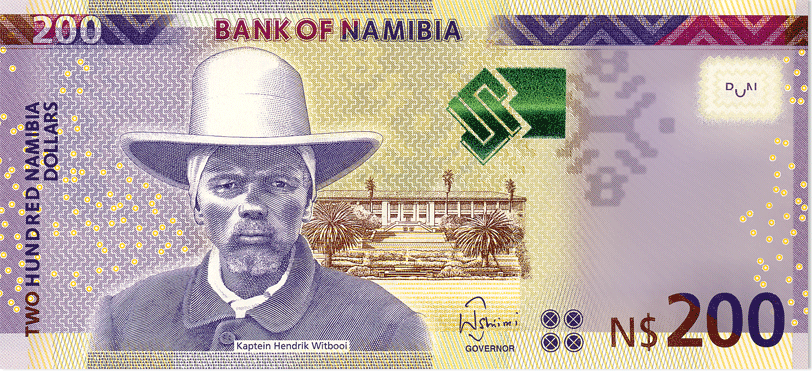
One can see from this chart that the country experienced explosive growth during the early 2000s, but has recently slowed, most likely due to economic detonation of the mining sector. The economy is about 47% agricultural and 12% mining. However, one report notes that annual GDP growth is expected to reach 3% soon-- for context, the U.S.'s is about 2.6%.
Signs of increasing economic growth included the fact that farm workers' minimum wage has recently increased 130%, going from N $690 per month to N $900 (N $1 is approximately 0.083 USD).

A picture of Namibian currency.
-Michelle Howard, 2/4
References:
http://www.worldbank.org/en/country/namibia/overview
https://tradingeconomics.com/namibia/gdp
https://www.namibian.com.na/171665/archive-read/Farm-workers-get-new-minimum-wage
I wonder how the country breaks down into different socioeconomic classes. How many Namibians live at the poverty line, and how big is the gap between the highest wage earners and the middle class, if it exists?
ReplyDelete